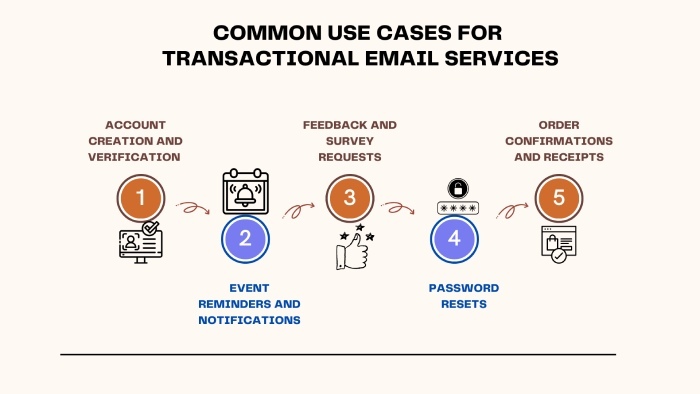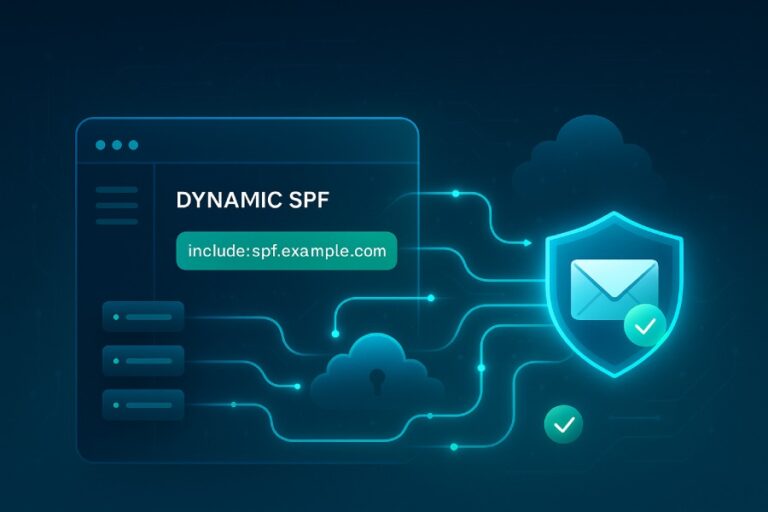
SPF records are highly sensitive— even a minor change can invalidate them or trigger an error, resulting in improper email authentication. Dangling SPF records, which are basically records that include references to domains or subdomains that no longer exist or are misconfigured, also arise from this sensitivity.
Sometimes you disassociate with a third-party vendor, but forget to remove their sending sources from your SPF record, which also results in a dangling SPF record. These small remnants appear innocent and harmless from a non-technical person’s point of view, but an email authentication expert knows how these mistakes undermine the entire purpose of deploying SPF in the first place.
In short, a dangling SPF record points to something that is insecure or broken. Let’s see how this is a threat to your company’s email security.

How do cyber actors exploit dangling SPF records?
Threat actors are always on the lookout for misconfigurations in systems that they can exploit for their malicious purposes. A dangling SPF record is one such exploitable vulnerability that poses the following threats-
1. Abuse by attackers (Subdomain takeover)
It’s dangerous if your SPF record includes a domain that has expired or is no longer under your control. Attackers can register the abandoned domain, set up a mail server under it, and send malicious emails from it. Since your SPF record includes the now-compromised domain, the emails sent from it will pass SPF authentication checks without an issue.
2. Bypassing security filters
Dangling SPF records are the ideal backdoors for malicious actors. What they do is insert their own IP addresses in a poorly maintained or misconfigured third-party domain that is included in your SPF record. This way, they can send spoofed and phishing emails that appear SPF-aligned and bypass security filters.
Since SPF is one of the key mechanisms used by spam filters and security gateways, a successful bypass means malicious emails, including spam, malware, or phishing content, can land directly in the recipient’s inbox, often without raising any suspicion.

3. Hampered email deliverability
It’s not only the illegitimate email flow that’s affected by dangling SPF records; a less obvious impact of dangling SPF records also affects the legitimate email flow. If your SPF record points to a non-existent or unreachable domain, it exceeds the DNS lookup limit of 10. If that happens, the receiving mailboxes reject your emails outright or place them in spam folders.
This can harm your domain’s email reputation, impacting everything from transactional emails to critical client communications. Worse still, you may not be immediately aware of these issues unless you actively monitor your SPF configuration and email logs.

4. Silent failures
The issues arising from dangling records are not always immediately apparent on the surface. For example, if there is an expired domain in your SPF record, it might not trigger any delivery problems; however, it might lead to intermittent or partial failures, depending on how each server handles the issue.
Final words
Dangling SPF records defy the intentions of protecting emails through authentication protocols. You must leverage DMARC reporting tools so that issues like reduced deliverability and reaching the lookup limit don’t go undetected for months.
However, if your SPF record has already exceeded the SPF DNS lookup limit of 10, then use our automatic flattening tool to fix the issue.






